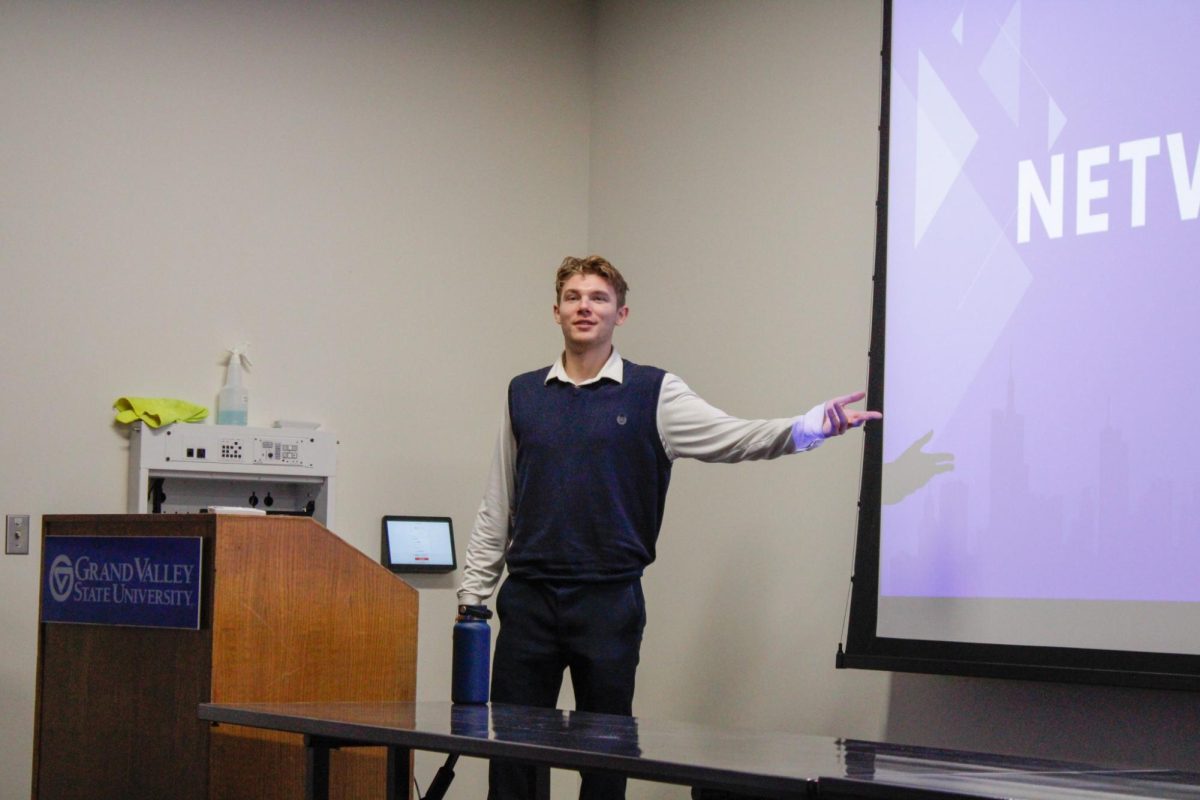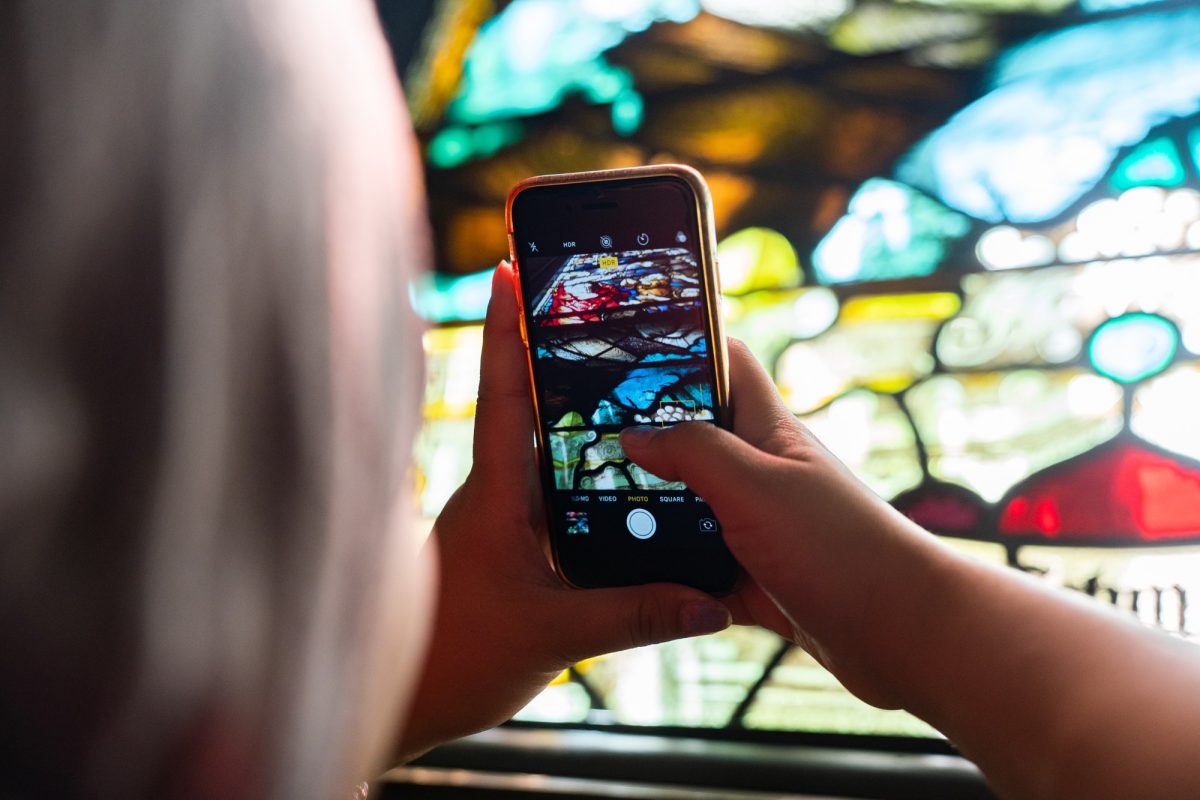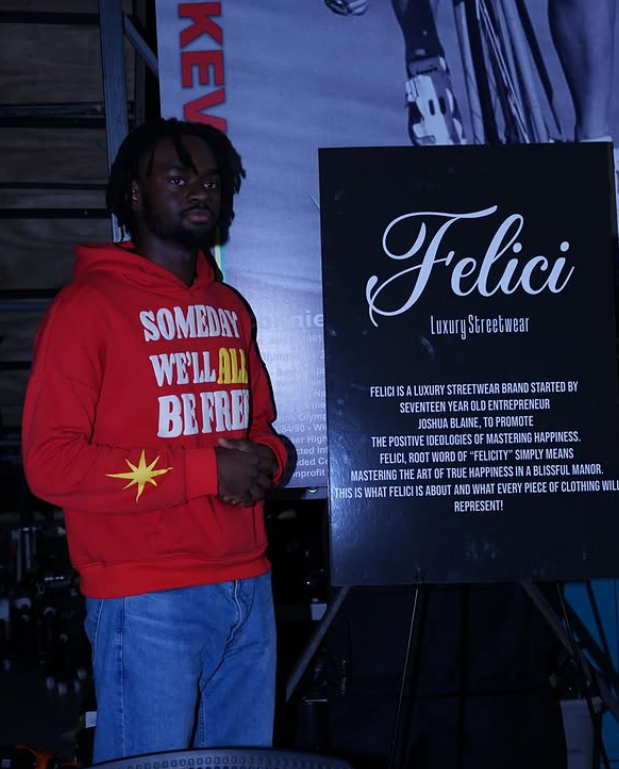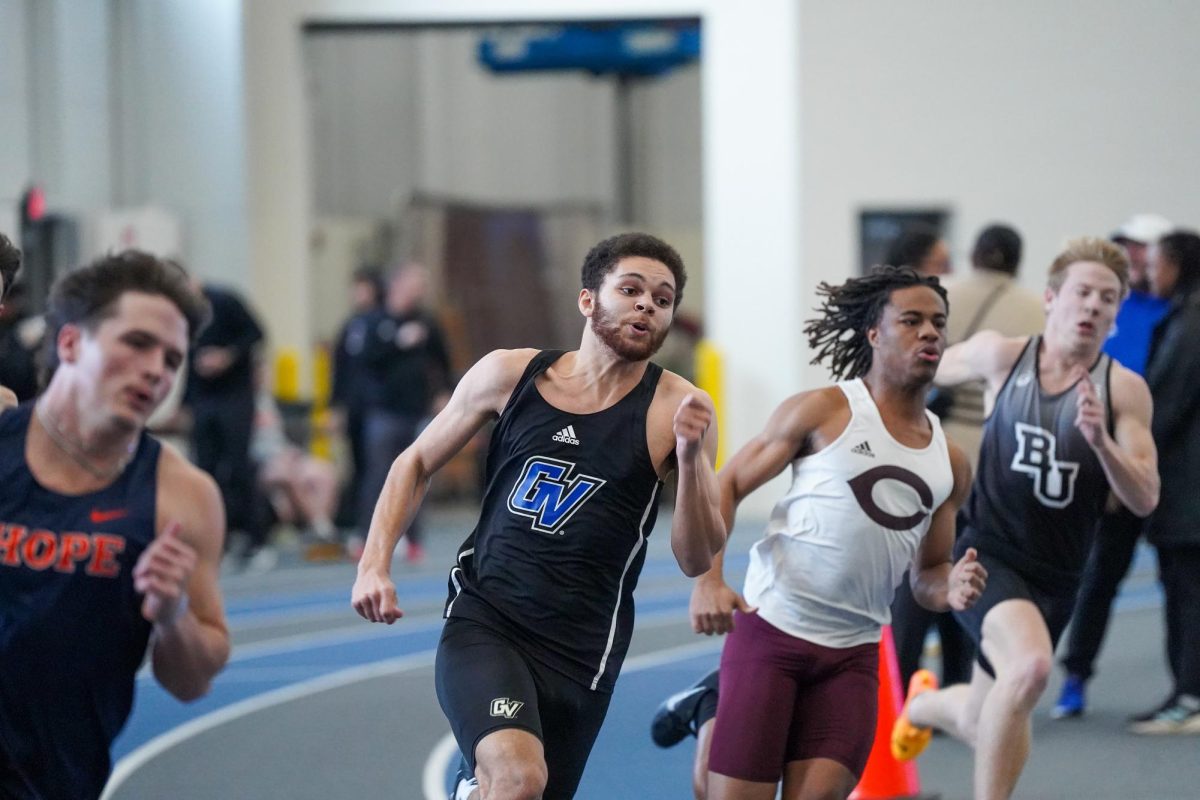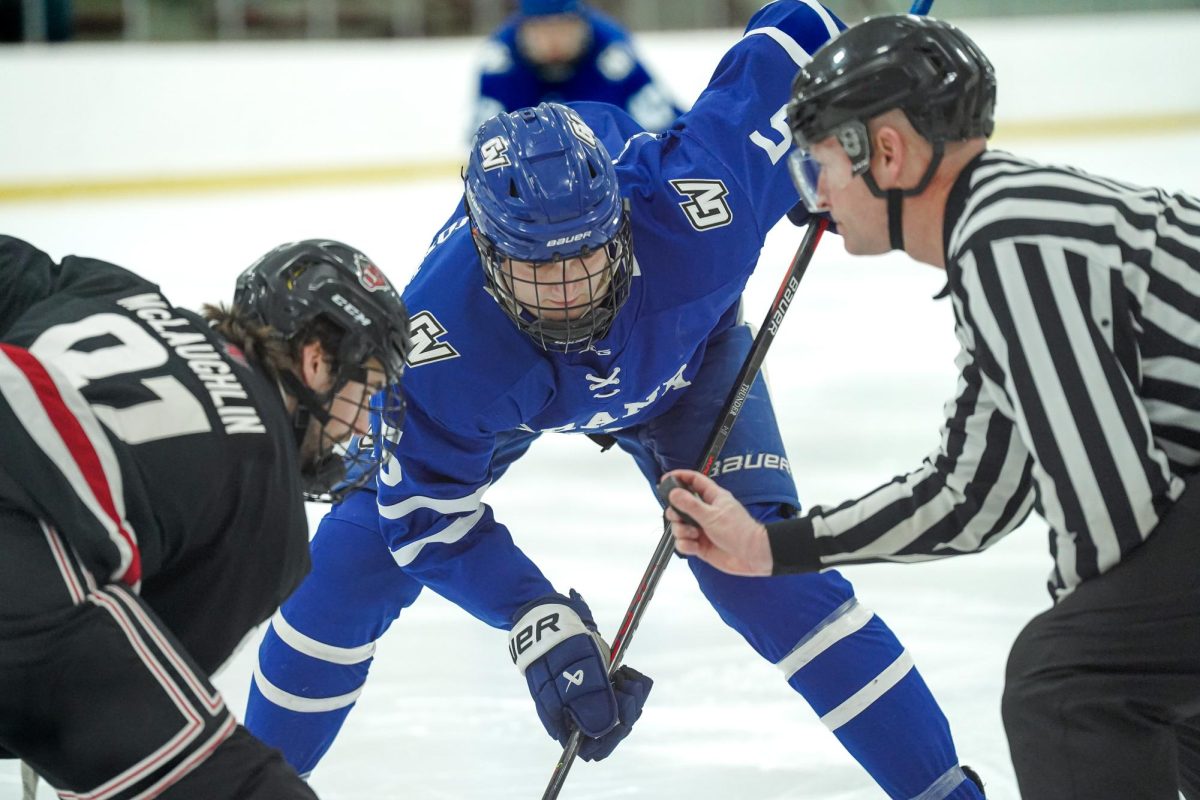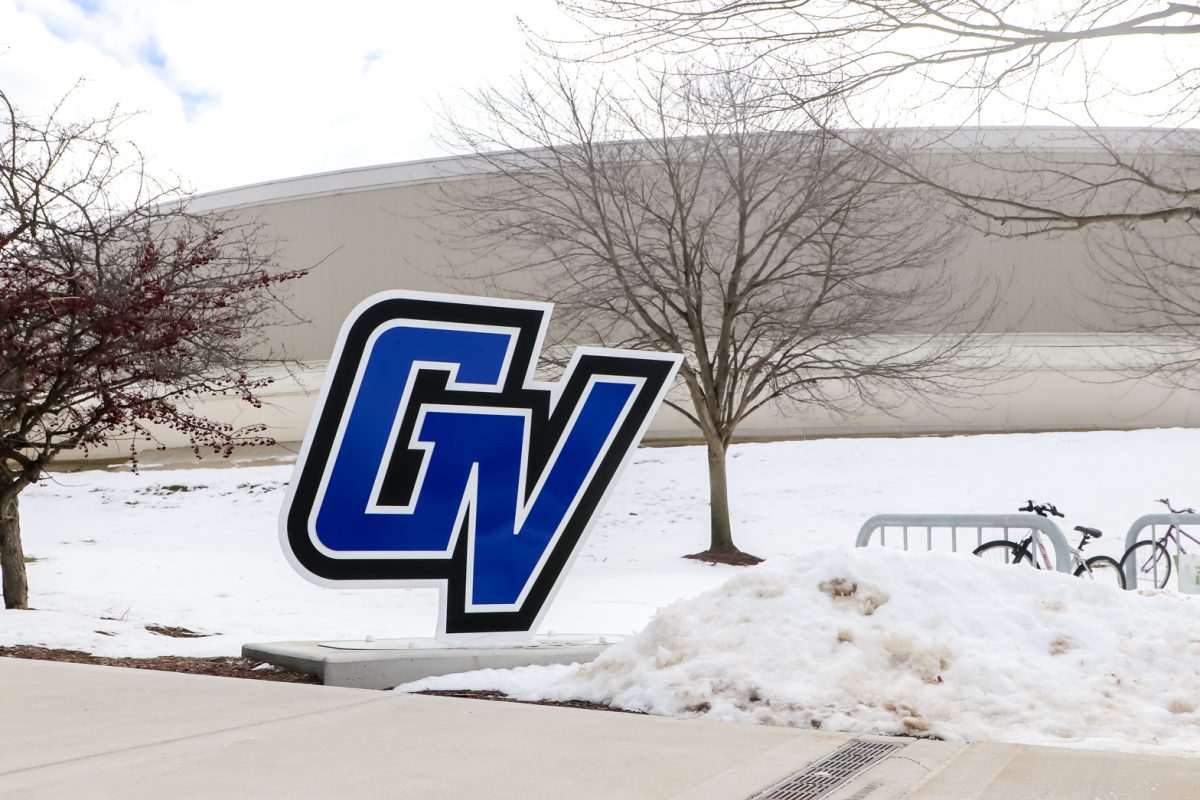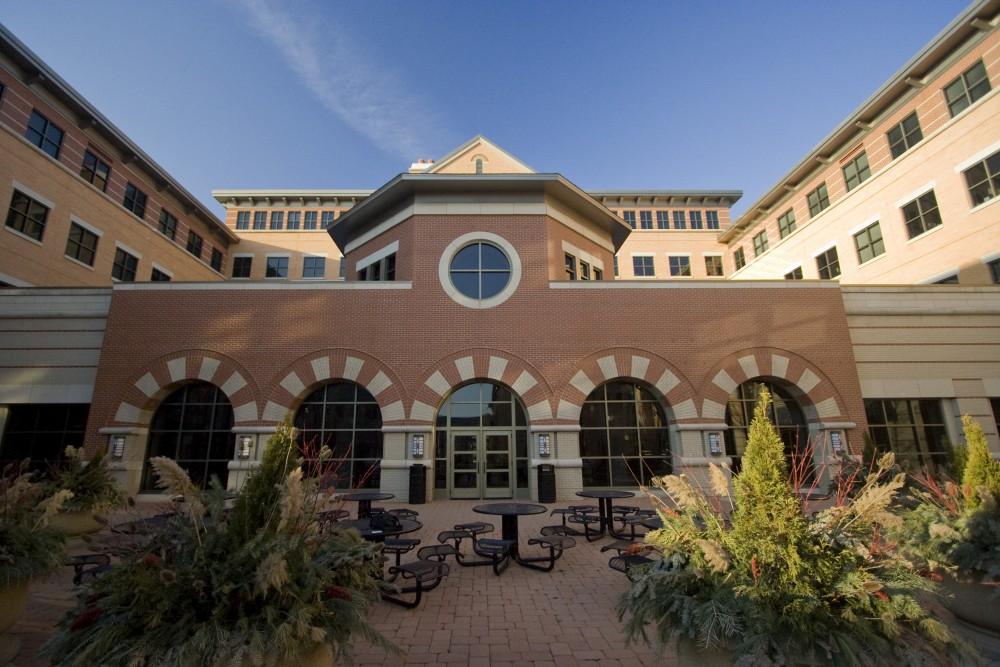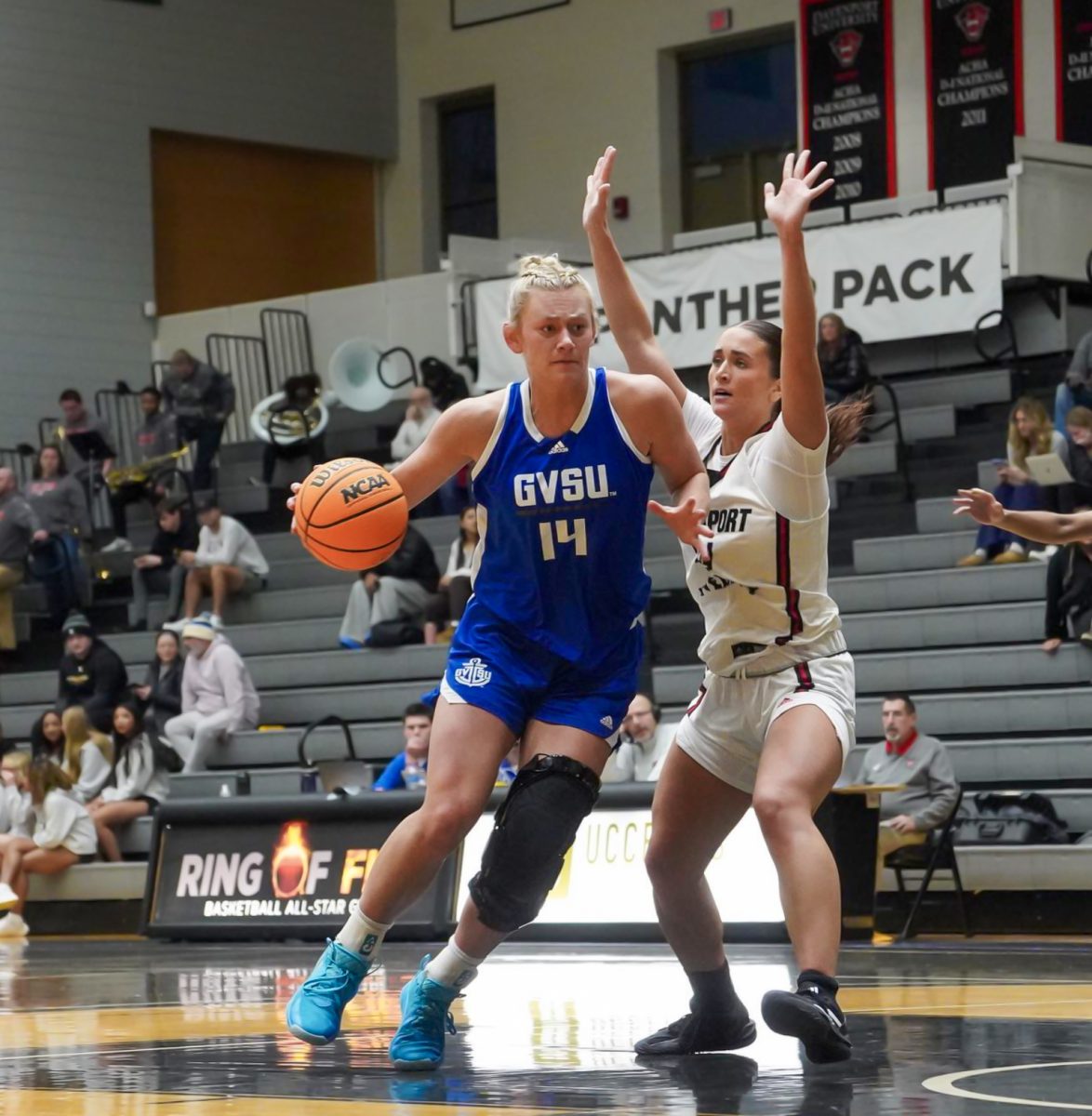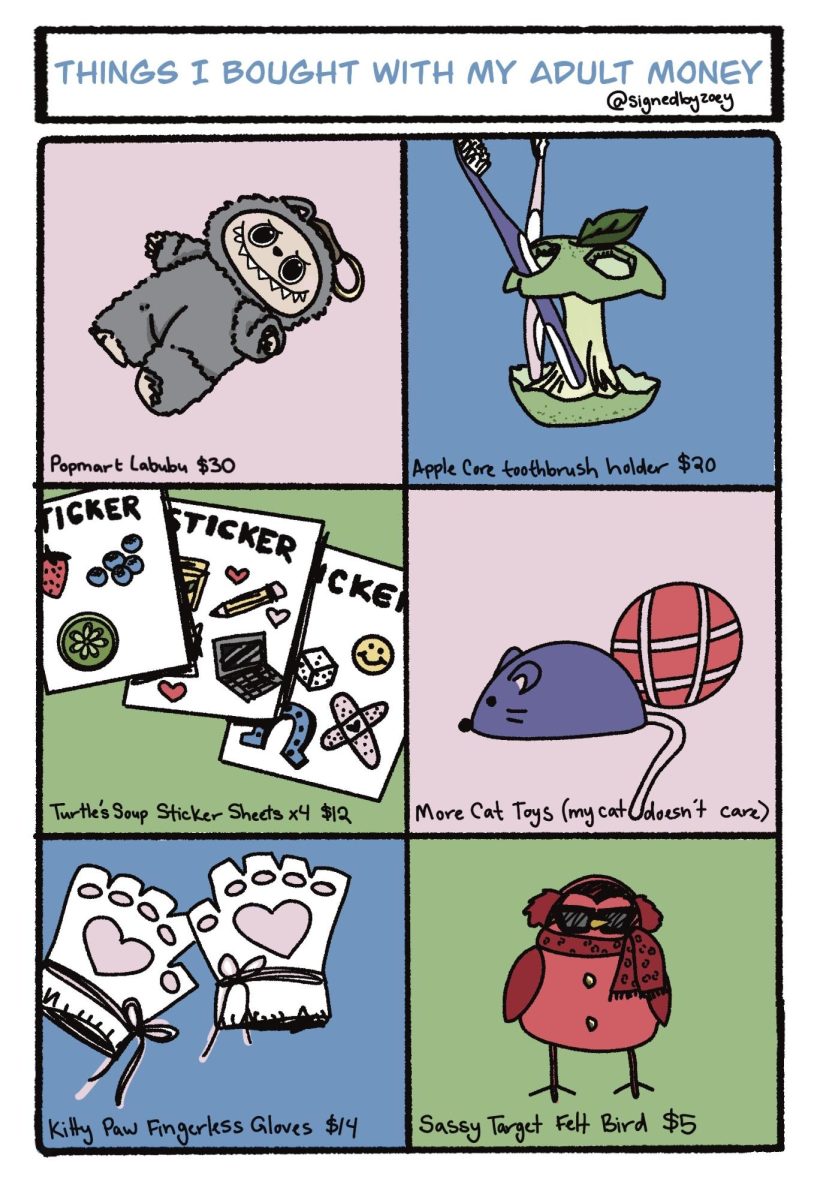Indigi-Fest discusses indigenous culture, food and powwow etiquette
Apr 4, 2022
In past years at Grand Valley State University, the Office of Multicultural Affairs (OMA) has hosted an annual powwow in honor of indigenous people and their heritage. Historically, the ceremony involved feasting, singing and dancing. Due to COVID-19, this event has been replaced by a two-day celebration called Indigi-Fest that covers the same information in a pandemic-friendly format.
This year’s Indigi-Fest took place in the Kirkhof Center’s Grand River Room on March 30 and 31. The event was organized by the Native American Student Association and led by the organization’s president, Jacob Klanke.
“This year, to keep safety in mind, we are hosting this event as a big gathering conference where we can learn what’s done in a powwow without an actual powwow,” Klanke said.
Indigi-Fest kicked off early, with the first events starting at 9:30 a.m. The black ash presentation took place first and taught the audience about a material that’s commonly used to make traditional baskets. The next presentation focused on food sovereignty and the significance of food in indigenous culture began at 11:30 a.m.
This food sovereignty presentation explained that most people don’t think about where their food comes from. In indigenous cultures, there are stories that describe the food or provide an explanation for why it’s eaten. Food is an important aspect of indigenous cultures, carrying significant physical and spiritual value.
“I think the food has its own sort of history, and (symbolizes) the things we hold important to us,” Klanke said.
Indigi-Fest’s final event was a reimagining of the powwow event from past indigenous celebrations. The powwow featured dancers like years past, but also included an informational explanation of powwow etiquette.
The powwow provided a snapshot of how Indigi-Fest differed from past indigenous celebration events at GVSU. While the lively atmosphere was still there throughout both days, Indigi-Fest showed a unique commitment to informing the audience about the cultural significance behind each of the three events.
“Indigenous cultures tend to be thought of as a one-size-fits-all,” Klanke said. “An event like this is where you can learn, but not put yourself in a position to be vulnerable.”
The Native American Student Organization understands that sometimes it may be hard to ask certain questions about indigenous topics, which is exactly why Indigi-Fest exists; it’s a safe place for students to come learn more about a culture they may be unfamiliar with. Klanke said the importance of this event is that it’s being put on by native people, who are the ones that have unique perspectives that need to be shared.
Indigi-Fest also featured various student-led tables that offered refreshments, activities and prizes. Trivia games challenged students to recall what they learned at the event. Vendors selling traditional indigenous jewelry and other products were set up in the Kirkhof Center lobby for students interested in supporting indigenous artists.
“A lot of the stuff in this event wouldn’t be possible outside of this event, such as seeing people dance in a powwow,” Klanke said. “This format presents new information and deeper understanding. Even if you grow up in the culture, you might not understand the depth of it all.”
To keep up with more events put on by the Office of Multicultural Affairs, students can visit the GVSU events website at www.gvsu.edu/events.







